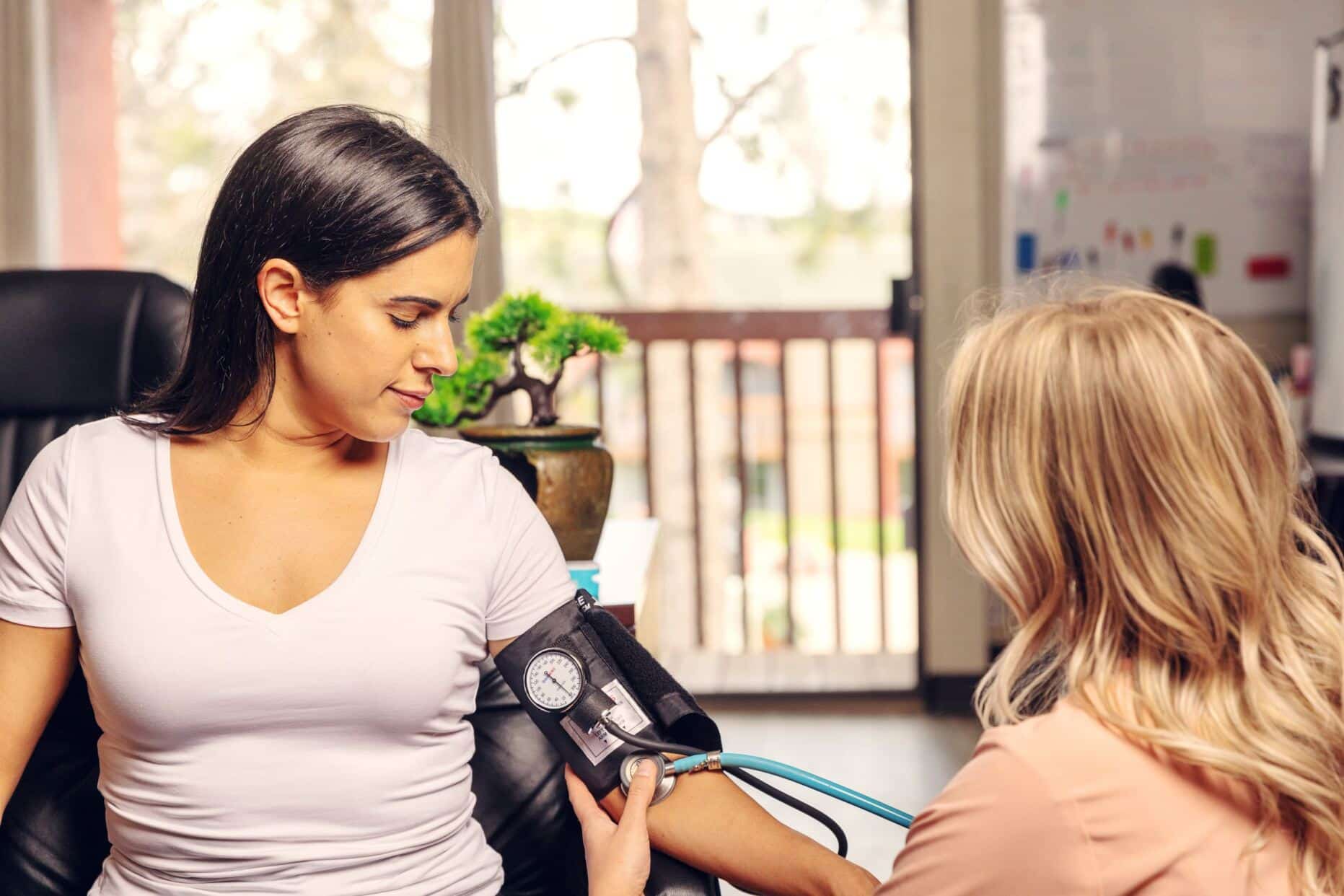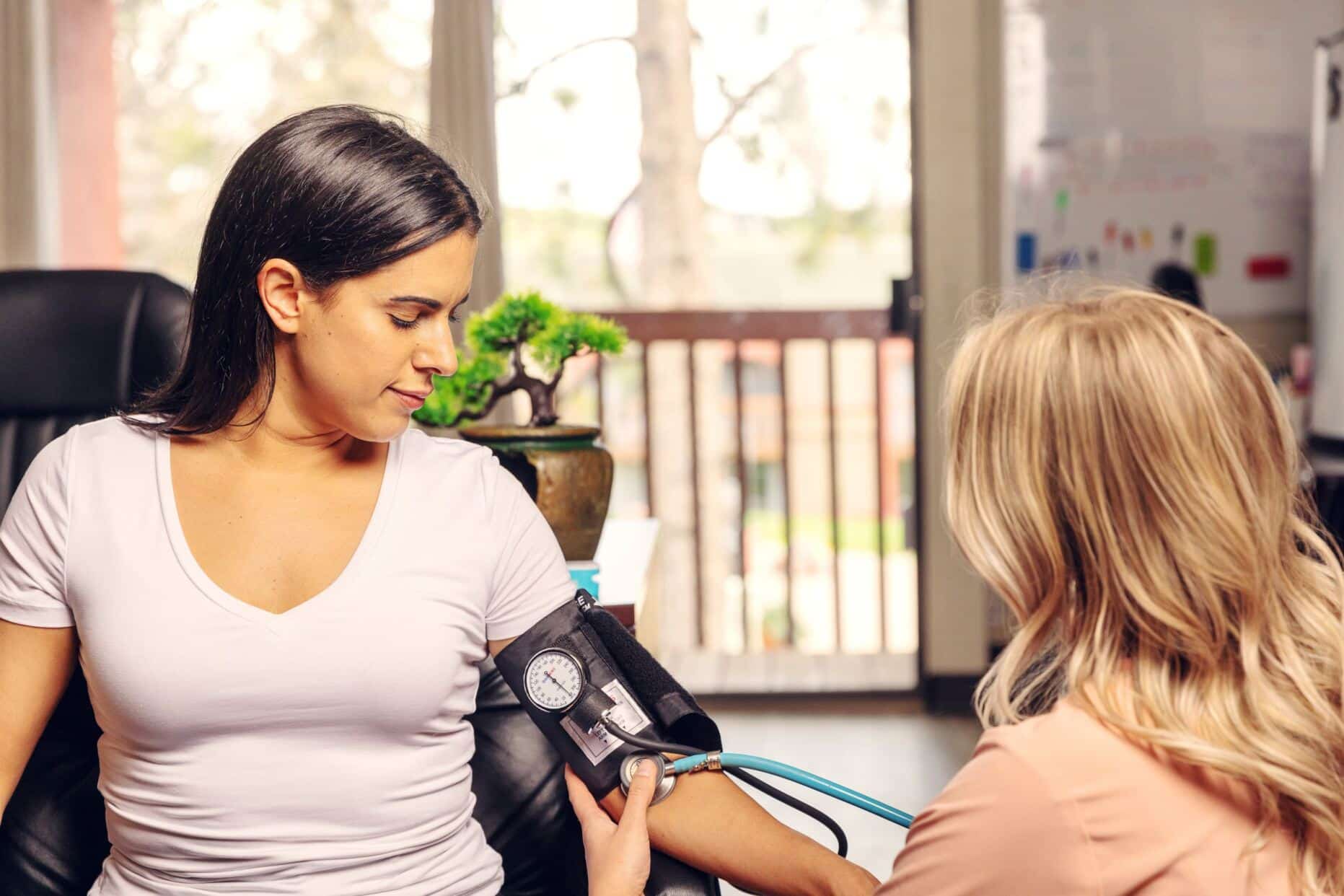While the cost of many needed prescription medications keeps rising, illegal drugs are historically cheaper and more potent than ever. That doesn’t mean their use doesn’t have a price.
The use of illegal drugs and the illicit use of legal drugs have financial, personal, and societal costs. We all pay, not just the individual with substance use disorder.
The Financial Cost of Drugs
Determining the price paid for illicit drugs on the street is difficult because they are illicit. Researchers are dependent upon unwieldy methods—contacting enough sources to reach some meaningful conclusions—or untrustworthy sources: the reports of users and sellers during undercover drug buys, the authorities’ often inflated estimates of the street value of drugs seized in a raid.
Considering that there may also be geographical differences, verifying the numbers with any accuracy is no easy task.
Some sites have presented estimates of the street price of several drugs, but the sites don’t have dates and they don’t list any sources. They calculate the cost of 1 gram of a drug (usually the maximum amount an individual would consume in a day) as:
- Marijuana: $15 (about three joints)
- Methamphetamine (meth): $80 (about four doses)
- Cocaine: $120 (about 20 doses)
- Heroin: $200 (about 10 doses)
That was black market marijuana, though it has now been legalized in several U.S. states. Legalization hasn’t lowered the price, however. The cost of marijuana is between 2% and 27% higher in legal dispensaries.
Those figures don’t include information about prescription pills that have played such a large part in the opioid epidemic. A 2017 document from the University of Nevada, Reno School of Medicine found that a single 10mg pill of oxycodone could cost as much as $10, hydrocodone about $7.
By another measure, the RAND Corporation compiled estimates of how much was spent on various drugs in the United States annually from 2006 to 2016:
- Marijuana: From $34 billion in 2006 to $52 billion in 2016.
- Methamphetamine: From $22 billion to $27 billion.
- Cocaine: From $58 billion to $24 billion.
- Heroin: From $31 billion to $43 billion.
Does Cost Affect the Rate of Use?
Does the cost of these illegal drugs affect how many people use them? In the case of heroin, it seems so. A study of heroin use from 1992 to 2008 found that “Decreases in the price of pure heroin in the United States are associated with increased heroin-related overdose hospital admissions.”
More recently, the National Institute on Drug Abuse (NIDA) attributes the rise of heroin use (as of 2018) in part due to its low cost and high availability.
However, at least some of that rise isn’t due to people deciding to start using drugs and picking heroin. People in addiction treatment (94% in one survey) said they had been using prescription opioids but switched to heroin because prescription opioids were “far more expensive and harder to obtain.”
They just switched from one addiction to another.
Cocaine has dropped in price—from a high of around $600 a gram in the early 1980s, to less than $200 in the 1990s and $165 in 2016—but the primary reason for the increase in use seems to be availability, not price. In 2013, Colombia greatly increased its cocaine production. Talk to a Intake Coordinator
Take The First Step Towards Recovery
The Social Cost of Substance Use Disorder
Aside from the cost to the substance user’s wallet, there is a societal cost of addiction.
NIDA calculated the health care costs of illicit drug use at $11 billion, based on 2007 figures. That includes misuse of prescription opioids as well as illegal drugs such as heroin, cocaine, and methamphetamine.
Health care costs aren’t the only costs associated with illicit drug use. There are also costs due to crime (losses, police and other agents, and the courts) and lost productivity at work. Add those in, and the price rises to $193 billion.
And those were just the costs in 2007. More recent statistics from 2013 show that the health care costs of prescription opioid misuse alone rose to $26 billion.
That still doesn’t include the costs of alcohol ($27 billion health care, $249 billion overall) and tobacco use ($168 billion health care, $300 billion overall). They bring the overall costs to more than $740 billion, and that’s a conservative estimate.
The Cost in Human Lives
Then there’s the cost in human life. The Centers for Disease Control and Prevention (CDC) found that just over 70,000 people died of a drug overdose in 2017.
Some drugs are depressants—alcohol and opioids such as morphine, OxyContin, heroin—some are stimulants—cocaine, meth, ADHD meds—and some are hallucinogens—LSD, psilocybin (“magic” mushrooms).
Although the opioid epidemic gets all the headlines, the misuse of meth and cocaine may now be higher than the nonmedical use of opioids:
- In 2016, more than 13 million individuals used illicit or prescription stimulants.
- In 2017, nearly as many overdose deaths were due to cocaine (14,000) as heroin (15,000), and methamphetamine wasn’t far behind (10,000).
Overdose deaths are rarer for hallucinogens (although they can have other deleterious effects). Marijuana can be a depressant, stimulant, or hallucinogen, but no one has ever died of a marijuana overdose.
Polydrug Use
Drug use isn’t always confined to one drug at a time, however, and combinations of two drugs at the same time make an overdose or bad interaction more likely.
Drugs with a similar effect can compound the effects of either drug alone, while using drugs with opposite effects can pull the body in two directions at once, leading to a systems failure. A speedball—heroin and cocaine—is particularly deadly. That’s what killed John Belushi and Philip Seymour Hoffman.
Not all polydrug use is on purpose. Dealers and their suppliers sometimes cut one drug with another to save money, or a more potent drug to make their product seem better.
One opioid, fentanyl is not only among the deadliest—up to 50 times more potent than heroin—but turns up in the systems of as many stimulant overdose casualties as heroin.
Some users may combine the two drugs (it’s known as a speedball) knowingly for an added kick, but often dealers or their suppliers mix them without telling customers. Fentanyl is far more potent and therefore cheaper than heroin or cocaine.
Of the many costs of substance use disorder, the cash from the user’s wallet to buy the drugs is the least significant. Far more important is the cost to society of not doing more to treat people with substance use disorder as swiftly, effectively, and humanely as possible.
Sources
- livescience.com – Illegal Drugs Are Cheaper, Stronger than Ever
- priceonomics.com – Is It Cheaper to Buy Weed on the Street or at a Dispensary?
- med.unr.edu – Oxy to Heroin: How Did We Get Here?
- usnews.com – Study: Americans Spent $146 Billion on Illegal Drugs in 2016
- ncbi.nlm.nih.gov – The relationship between US heroin market dynamics and heroin-related overdose, 1992–2008
- drugabuse.gov – Heroin use is driven by its low cost and high availability
- theatlantic.com – Snow Fall
- ndews.umd.edu – Colombian Cocaine Production Expansion Contributes to Rise in Supply in the United States
- drugabuse.gov – Trends & Statistics
- cdc.gov – Drug Overdose Deaths Involving Cocaine and Psychostimulants with Abuse Potential — United States, 2003–2017
- pewtrusts.org – As the Opioid Crisis Peaks, Meth and Cocaine Deaths Explode
- dea.gov – Drugs of Abuse
- vox.com – Why America’s cocaine problem is now a fentanyl problem too
Medical disclaimer:
Sunshine Behavioral Health strives to help people who are facing substance abuse, addiction, mental health disorders, or a combination of these conditions. It does this by providing compassionate care and evidence-based content that addresses health, treatment, and recovery.
Licensed medical professionals review material we publish on our site. The material is not a substitute for qualified medical diagnoses, treatment, or advice. It should not be used to replace the suggestions of your personal physician or other health care professionals.






